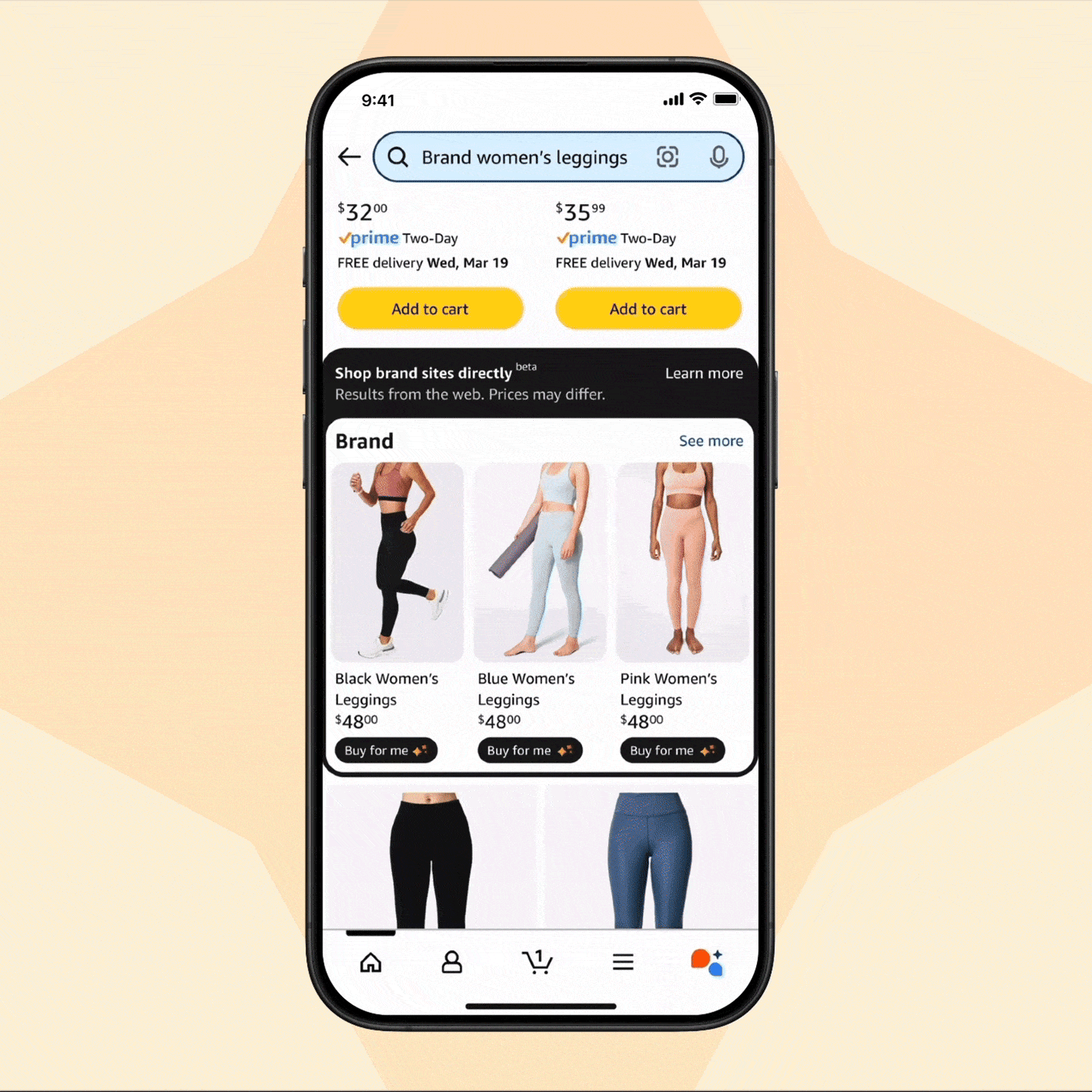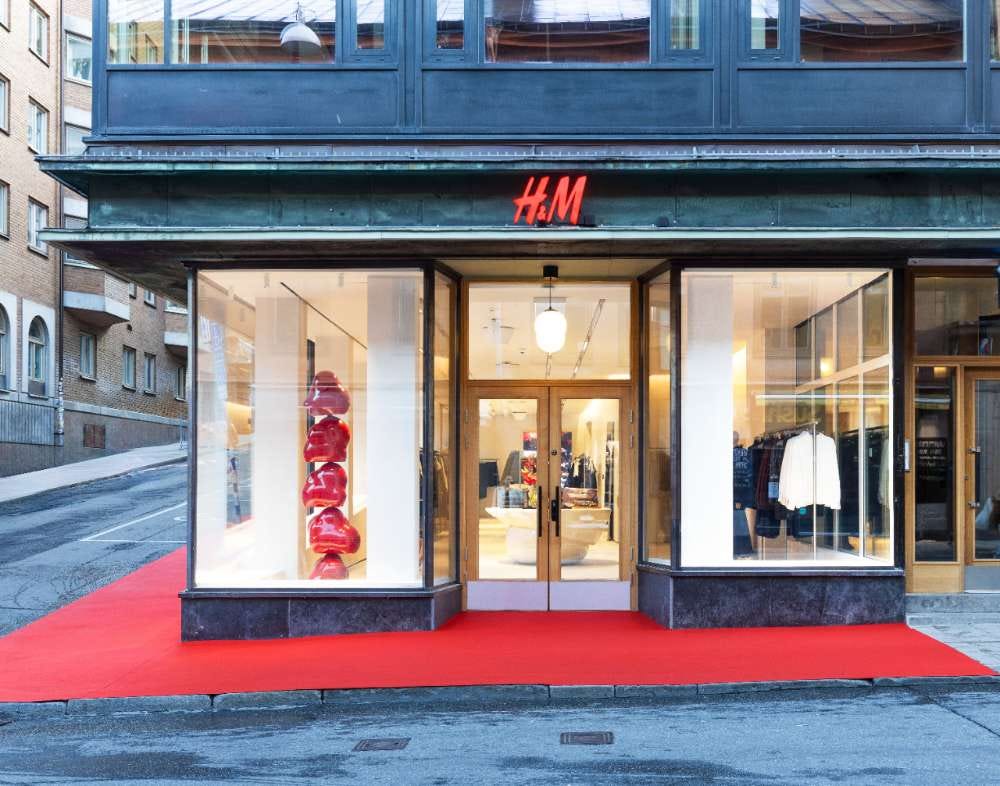MarketingDojo#104: From 💬 Chat to 🛒 Cart
Traffic from AI chats, Amazon lets you shop anywhere, H&M's digital twins and more.
I tried vibe coding. And felt ancient.
Last week, I stayed up from midnight to 4 a.m. for a cohort-based AI for Product Management course.
On Day 2, we dived into Cursor—trying out what Andrej Karpathy calls "vibe coding." Five minutes in, my cursor was frozen. Ten minutes in, my brain was.
Here's my sobering takeaway: The half-life of skills that keep us employable is shrinking faster than TikTok's attention span. I have to get comfortable being clueless - repeatedly.
Have you tried Vibe coding yet? What worked for you? I'd love to compare battle scars.
Meanwhile, for the sake of my sanity, here's a term we will NOT be referring to in this newsletter: "Vibe Marketing" (FTW).
In this week's edition, we will unpack:
🧠 AI chatbots are driving web traffic (finally)
🧍♀️ H&M's digital twin strategy
📸 Wendy's snaps its way to Gen Z
🤖 Amazon quietly launches its own AI agents
And more.
Let’s dive right in… except if you haven’t subscribed. Please subscribe!
Chatbots Are the New Tastemakers.
Think your top traffic drivers are Google and Instagram? You might be missing the fastest-growing one: AI Chatbots.
AI Chatbot usage is becoming mainstream.
In March 2025, ChatGPT crossed 500 million active users. Google's Gemini and Microsoft CoPilot also surged, with daily traffic increasing by 7.4% and 2.1%, respectively.
And if Adobe's new report is anything to go by, these chatbots are becoming a serious driver of product discovery on the internet.
AI bots are becoming the new browser tabs.
Adobe's freshly released Digital Economy Index revealed a jaw-dropping 1,200% surge in U.S. retail website visits originating from generative AI platforms since mid-2024.
Travel, retail, and banking are seeing the biggest impact.
Travel brands saw a 1,700% jump in traffic from AI referrals. From packing checklists to trip plans, chatbots are becoming high-intent travel assistants.
The conversion gap is closing fast. Nine months ago, visitors from traditional sources were 43% more likely to convert than those from AI platforms. Today, that conversion gap has narrowed dramatically to just 9%—and the trend line suggests parity is imminent.
For some categories, customers will increasingly find them not through SEO prowess or viral social content but through an AI assistant's recommendation.
It might be a good time to start understanding the content needs of this new referrer.
Alexa, Buy It From a Competitor.
Amazon's AI Agent Will Buy It for You—Even From Rivals
Amazon's newly launched "Buy For Me" feature allows users to buy products from other websites while staying within Amazon's ecosystem.
Here's how the system works:
Find it anywhere.
Search in the Amazon app and you might see a new section: "Shop brand sites directly." If the product qualifies, you'll see a "Buy For Me" button—even if Amazon doesn't sell it.
Let AI check out for you.
Using AI models from Nova and Claude, Amazon securely passes your encrypted info (name, address, payment) to the brand's site and completes the order.
Stay inside the app.
The purchase happens seamlessly, and order updates appear in a new tab: "Brand Direct Orders."
Post-sale? That's someone else's job.
The brand—not Amazon- handles returns, delivery issues, and customer service. The agent handles the shopping, not the aftermath.
We're inching closer to AI agents that know your taste, compare prices, and grab that limited drop before it sells out. Search engine Perplexity has already built its AI shopping agent that is untethered to any one platform. It can scour the net to find you the best deals that suit your preferences.
As AI agents become popular, users would prefer agents that can operate across eCommerce websites. Amazon's Buy For Me acknowledges that the future of shopping transcends its vast ecosystem. Amazon's "Buy For Me" is the first step towards the fully agentic "Shop for me" experience.
The Next Big Supermodel Is a File Format.
Last week, H&M launched a new kind of model contract—and it doesn't involve a camera crew or even a physical runway.
The fast-fashion giant is rolling out digital twins of 30 real-life models for upcoming campaigns. The concept is different from virtual influencers or avatars.
The digital twins are fully consented, licensed, paid replicas of actual human beings. The models retain control—and keep earning—every time their digital selves are used.
Every AI-generated image will be clearly marked with watermarks and disclosures across platforms like TikTok and Instagram. H&M's playing this transparent.
H&M's new model has a strong business case behind it:
Dramatic Cost Efficiency: By eliminating expenses for international flights (averaging $5,000-$8,000 per model per campaign), luxury accommodations (typically $300-500 per night), and elaborate set designs (often $50,000+ for major campaigns), H&M will bring down the costs substantially.
Speed to Market: Traditional photoshoots require 4-6 weeks from planning to final asset delivery. Digital twins can showcase new collections within days of production completion, allowing H&M to respond to trends faster.
Revenue Diversification for Models: Top fashion models can now monetize their likeness across multiple simultaneous campaigns—something physically impossible before. For mid-tier models that typically book 15-20 jobs annually, digital twins could grow their income through passive licensing.
However, the ripple effects across the creative ecosystem cannot be ignored. This shift threatens livelihoods across the industry—photographers, stylists, makeup artists, and set designers could face shrinking demand as digital production becomes normalized.
And what happens to new modelling talent when brands can rely on already-scanned faces?
Digital Twins aren't just about fashion. If this takes off, expect digital twin licensing to creep into retail catalogues, e-commerce listings, and even brand collabs in the creator economy.
The tech is here. The use case is real. But the long-term implications? Still murky.
Short Stuff:
Instagram is about to launch its video editing app for free soon. (Capcut will finally have a real competition).
TikTok is shuttering its Instagram competitor -Notes. (TikTok is just not having a good year).
Google will start selling immersive ads on Roblox. (Roblox presses the pedal on monetization).
That’s a wrap on this week. Thank you for your time and attention. If you made it this far and enjoyed what you read, remember to leave a like. I appreciate your support.
Regards,
Garima









I had to write this down (on paper) as I think more of us need to take this wisdom as the pace of change accelerates across our lives. "Get comfortable being completely clueless - repeatedly." Thanks for the reminder.